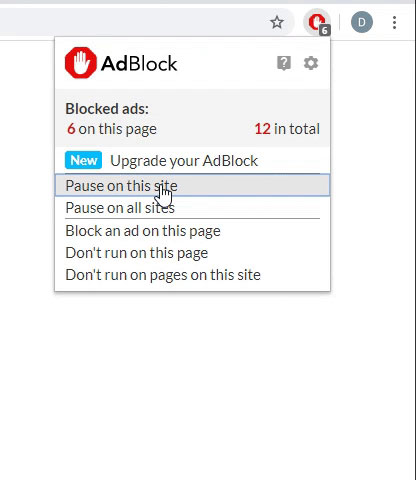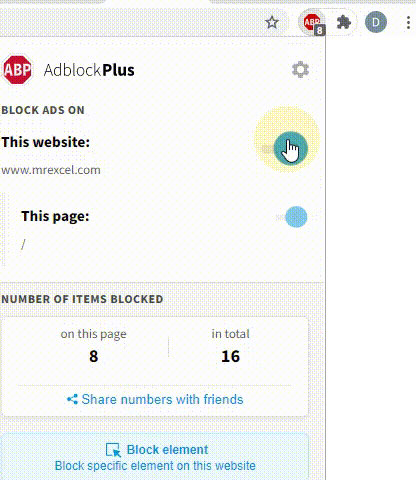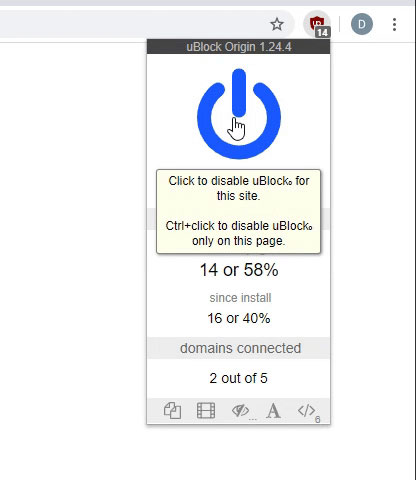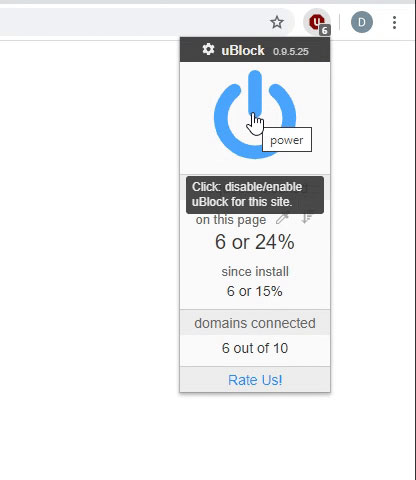I aSpacem trying to create a tool or a simple VBA Macro to parse a data string, as Text to Columns does, but:
1. With several (3) different delimiters, used sequentially
2. Only on the first occurrence of each delimiter
3. For all cells in the column, until a Blank
Say A2 contains the source string "PmxXU3: MAX(abs(V(NU1+)*Ix(U3:In+)+V(REF_LVL)*Ix(U3:In-)=1.07979 FROM 0 TO 0.7"
After executing,,
B2 contains "PmxXU3" << Parses on ":" (colon)
C2 contains "MAX(abs(V(NU1+)*Ix(U3:In+)+V(REF_LVL)*Ix(U3:In-)" << Parses "=" (equals), ignoring further occurrences of ":"
D2 contains "1.07979" << Parses on first occurrence of Space
E2 contains "FROM 0 TO 0.7" << Remainder of A2 string
Repeats on A3 and the rest of column A
Thanks for suggestions!
Dave
1. With several (3) different delimiters, used sequentially
2. Only on the first occurrence of each delimiter
3. For all cells in the column, until a Blank
Say A2 contains the source string "PmxXU3: MAX(abs(V(NU1+)*Ix(U3:In+)+V(REF_LVL)*Ix(U3:In-)=1.07979 FROM 0 TO 0.7"
After executing,,
B2 contains "PmxXU3" << Parses on ":" (colon)
C2 contains "MAX(abs(V(NU1+)*Ix(U3:In+)+V(REF_LVL)*Ix(U3:In-)" << Parses "=" (equals), ignoring further occurrences of ":"
D2 contains "1.07979" << Parses on first occurrence of Space
E2 contains "FROM 0 TO 0.7" << Remainder of A2 string
Repeats on A3 and the rest of column A
Thanks for suggestions!
Dave





